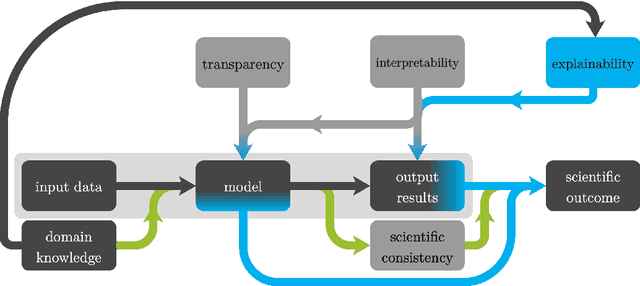Explainable Machine Learning for Scientific Insights and Discoveries
Paper and Code
May 21, 2019
Machine learning methods have been remarkably successful for a wide range of application areas in the extraction of essential information from data. An exciting and relatively recent development is the uptake of machine learning in the natural sciences, where the major goal is to obtain novel scientific insights and discoveries from observational or simulated data. A prerequisite for obtaining a scientific outcome is domain knowledge, which is needed to gain explainability, but also to enhance scientific consistency. In this article we review explainable machine learning in view of applications in the natural sciences and discuss three core elements which we identified as relevant in this context: transparency, interpretability, and explainability. With respect to these core elements, we provide a survey of recent scientific works incorporating machine learning, and in particular to the way that explainable machine learning is used in their respective application areas.
 Add to Chrome
Add to Chrome Add to Firefox
Add to Firefox Add to Edge
Add to Edge